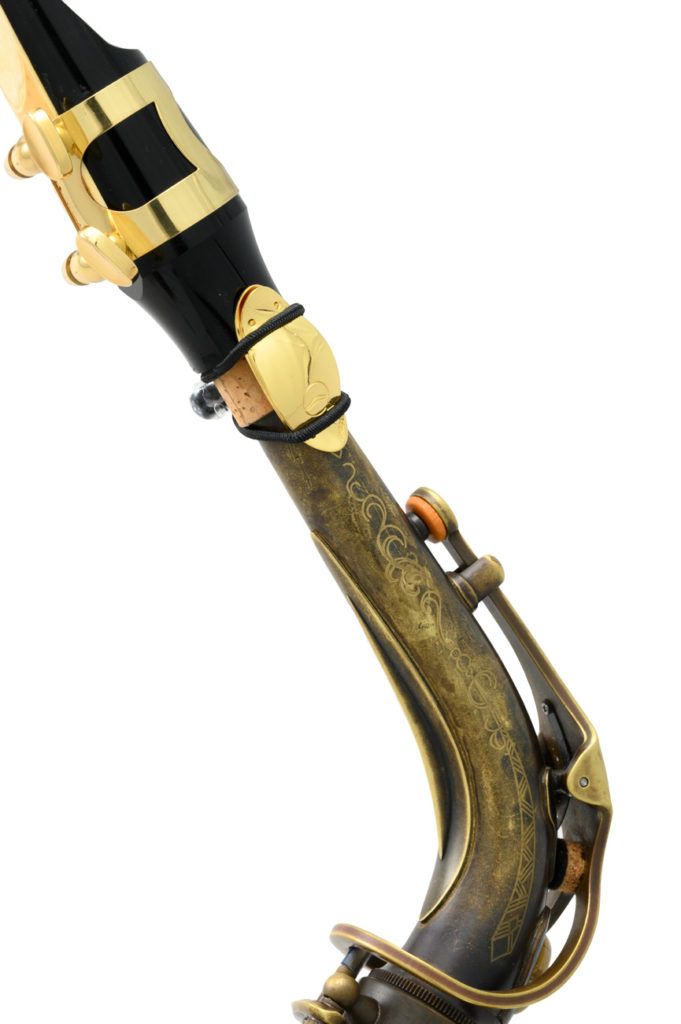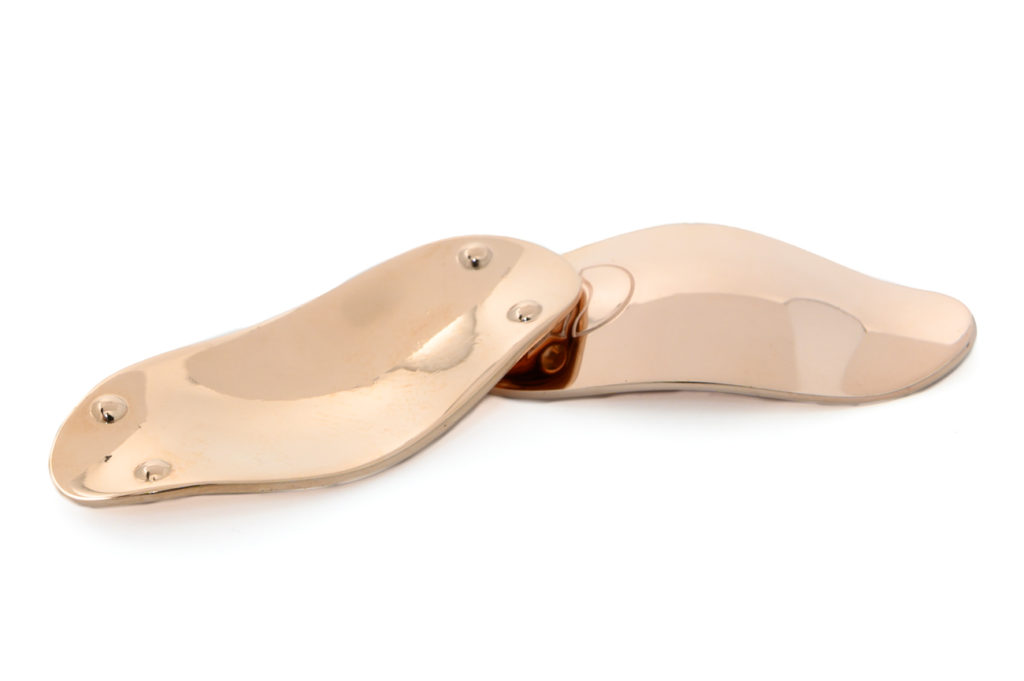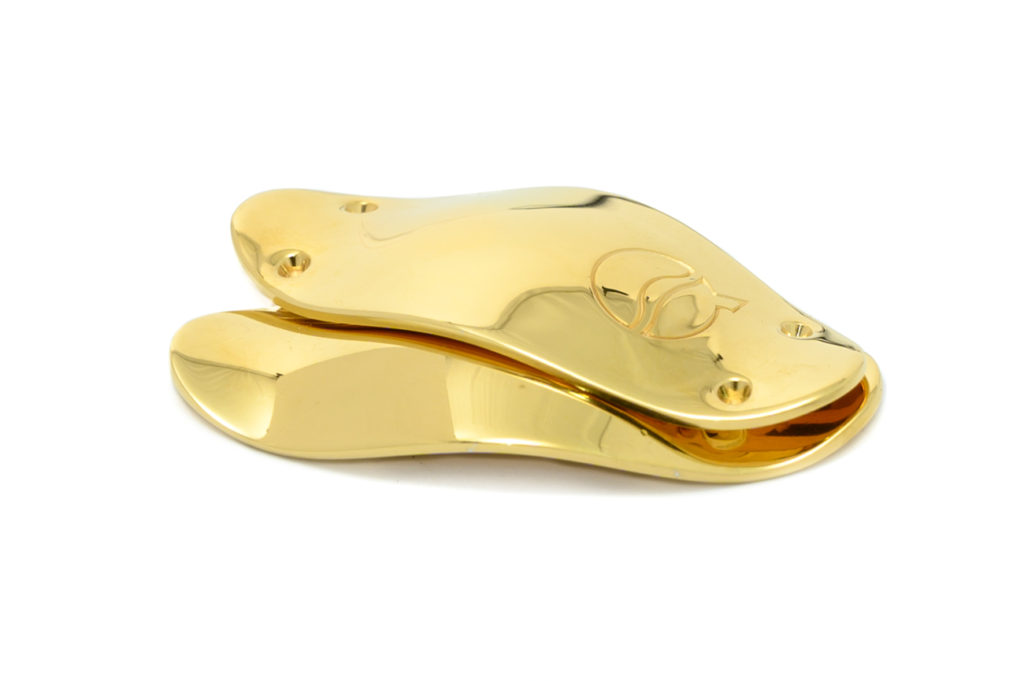LefreQue Part 3 – Saxophone
18th October 2019On our quest to find out just how versatile the LefreQue are, myself and sax specialist Nick tried a few out on his tenor. Nick’s sax is unlacquered brass with a solid silver neck and gold plated mouthpiece. I was excited to see which LefreQue he thought suited his sax best, with a mix of different materials in play.

Brass LefreQue
The raw brass LefreQue had a very full sound, presumably as the material complimented the body and base material of the mouthpiece. This one also affected tuning – Nick did have to retune, but after doing so found the LefreQue contributed to equal tuning across octaves. LefreQue claim their product has a positive effect on instrument intonation, and in this case it seems to ring true.
Nick did find that red brass mellowed the tone of his saxophone – we think a classical player would appreciate this effect, but as a commercial jazzer it wasn’t to Nick’s taste! The intonation was affected in a similar way to the raw brass.
Silver plated brass provided the same full tone as raw brass, but remained present and strong even up into the altissimo register. The tone was also homogeneous and open through the range of the instrument – no change in character across the break. Projection was improved overall, and the bottom notes spoke very clearly.
In gold plated brass, matching Nick’s mouthpiece, tuning was almost always bang on centre with minimal corrections needed. The sound was open and bold, without seeming overpowering – this is in line with LefreQue’s claim of surround projection.

Silver LefreQue
Nick found the solid silver LefreQue had a very clean sound with highly responsive articulation. Jumping between larger intervals was smooth, and tuning was very incredibly accurate – even when using alternative fingerings.
The rose gold plated silver also had a positive effect, with what Nick described as providing a more ‘lively, freer sound’. Again, the accuracy of tuning across intervals was improved, with minimal corrections needed.
But it was the gold plated silver that Nick took an instant liking to. The sound was bolder and broarder, without being mellowed. It was also somewhat brighter, as you can expect with silver, but the tone wasn’t in any way thinned out. He also found that the altissimo register was stabilised, speaking a little easier. I think Nick liking this LefreQue helps my theory ring true, that you should find a LefreQue that most closely matches your set-up material. In this case, gold plated silver went well with the gold plating on the mouthpiece and solid silver neck.

So what did we find out?
As with the flute and euphonium trials, it came down to a matter of opinion. Ultimately Nick did prefer playing without the LefreQue plates, but found they did provide some noticeable differences. Whether or not you think these differences are worth it…that’s up to you! Everyone plays differently, so everyone will find the LefreQue responds in different ways – depending on instrument, set up, style and playing experience.